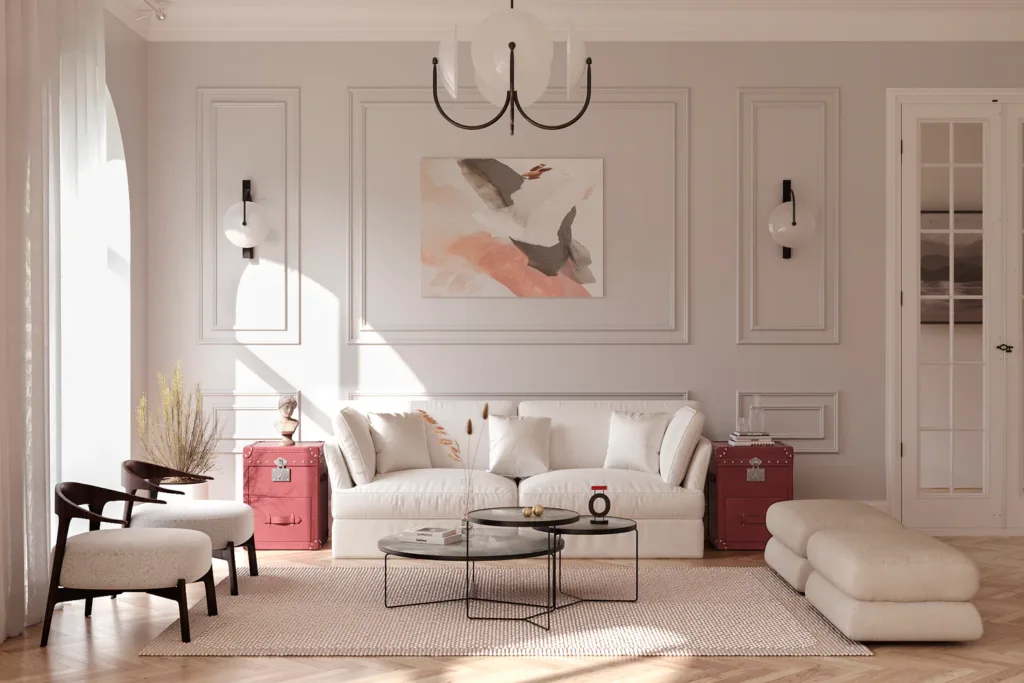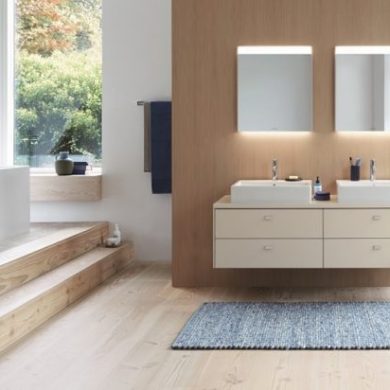How to Incorporate Color and Texture in Your Living Room Furniture
The living room is the heart of any home, and how you design it can set the tone for the rest of your space. One of the best ways to create a stylish and inviting living room is by playing with color and texture. By carefully selecting furniture pieces and textiles, you can create a dynamic and cohesive design that reflects your personality and lifestyle. Here’s how to incorporate color and texture in your living room furniture.
1. Choosing a Color Palette
The first step in incorporating color into your living room furniture is selecting a cohesive color palette. Start with neutral tones, such as beige, gray, or white, which can act as the base for your color scheme. From there, you can add accent colors to bring warmth and vibrancy to the room. Bold hues like emerald green, deep blue, or mustard yellow can create visual interest and add a modern touch.
When selecting your colors, consider the mood you want to evoke. Softer tones create a calm and relaxing environment, while brighter colors can add energy and excitement. It’s also important to consider how the furniture colors will complement your walls, rugs, and other decor elements in the room.
2. Mixing Textures
Textures play a crucial role in adding depth and visual interest to your living room. Mixing different textures helps create a balanced and inviting space. For example, pair a soft velvet sofa with a leather armchair for a contrasting effect. You can also combine smooth wooden tables with plush fabric cushions and textured rugs. By layering different textures, you can create a rich, tactile experience that enhances the overall aesthetic of the room.
Textured fabrics like linen, tweed, and chenille can add warmth and dimension to your furniture. Incorporating natural materials like wood, stone, and metal into your living room furniture also adds texture and interest. A wooden coffee table paired with a linen-upholstered sofa creates a balance between softness and rustic charm.
3. Bold Accent Pieces
If you prefer a more neutral or minimalist style, incorporating color and texture through accent pieces is a great way to add personality without overwhelming the space. Look for statement pieces such as brightly colored cushions, textured throws, or patterned area rugs. These items can introduce color and texture to your living room without altering the overall design of your furniture.
Accent chairs are another great way to add bold color or texture to a room. Opt for a patterned chair with a vibrant color that contrasts with your neutral sofa. This adds visual interest and creates a focal point in the room.
4. Using Color Blocking
Color blocking is a design trend that involves combining blocks of contrasting colors in one piece of furniture or across multiple furniture items. For example, a sectional with different color blocks or a coffee table with colorful panels can make a statement in your living room. This technique allows you to be playful with color while maintaining a cohesive look.
5. Incorporating Metallics
Metallic accents can add a touch of luxury and sophistication to your living room. Metallic furniture legs, gold-framed mirrors, or silver side tables can complement the other textures and colors in the room, adding an elegant touch. Metallic elements work especially well with darker color schemes, providing contrast and catching the light.
6. Layering Fabrics and Patterns
Combining different fabrics and patterns can create an inviting, personalized space. For instance, a neutral sofa can be paired with patterned cushions, textured throws, and a printed rug to add layers of interest. Mixing patterns like stripes, florals, and geometric prints can add excitement, but it’s essential to balance the designs. Stick to a cohesive color palette to prevent the room from feeling too chaotic.
7. The Power of Contrasting Textures
One of the easiest ways to add drama and excitement to your living room furniture is by using contrasting textures. Pair a sleek, modern leather sofa with a fluffy wool rug or mix a velvet chair with a raw wood coffee table. The contrast between smooth, hard materials and soft, plush fabrics creates visual tension that draws the eye and adds dynamic energy to the space.
Conclusion Incorporating color and texture into your living room furniture is a great way to enhance your space and express your personal style. By thoughtfully selecting color palettes, mixing textures, and adding bold accent pieces, you can create a living room that feels inviting, vibrant, and cohesive. Play with contrasting elements to add depth and interest, and don’t be afraid to experiment with new textures and colors to create the living room of your dreams.








